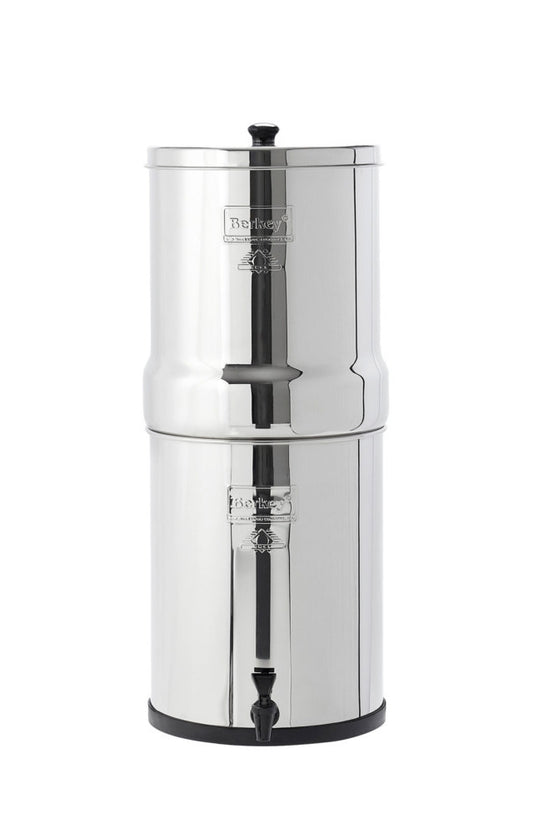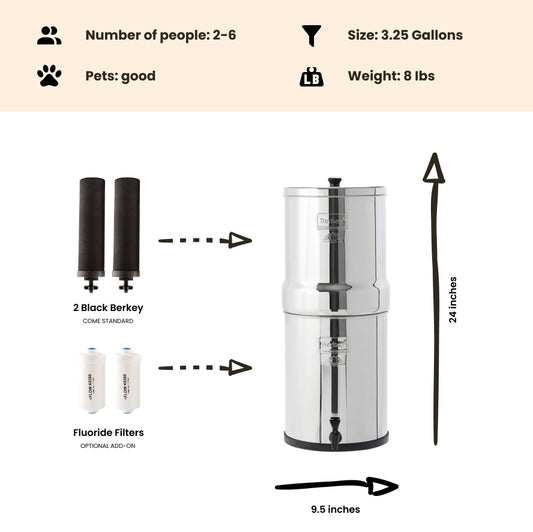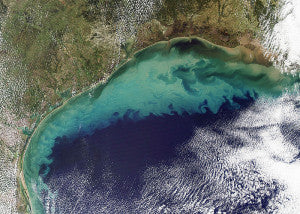
Devastating Ocean Dead Zone in the Gulf of Mexico Likely to be Around for a While
By Dan DeBaunShare
Improving the water quality in the Gulf of Mexico is likely to take decades, a new study released by scientists from the University of Waterloo has revealed. And, just recently a state of emergency was declared in Florida as the algae bloom is having a large impact on the state. As the Washington Post reports:
"The red tide has made breathing difficult for locals, scared away tourists, and strewn popular beaches with the stinking carcasses of fish, eels, porpoises, turtles, manatees and one 26-foot whale shark."
The results of the study, which was recently published in Science, indicate that policy goals set for decreasing the size of the dead zone in the northern Gulf of Mexico are probably unrealistic without major shifts in agricultural management practices as well as improvements to how freshwater systems are managed.
Large concentrations of nitrogen transported from streams and rivers across the US corn belt into the ocean is believed to have fueled algal blooms in the northern Gulf of Mexico, which strip oxygen from the water as they die off, resulting in an extensive hypoxic 'dead zone' where marine life struggle to survive due to the very low oxygen levels.

Rivers throughout the region ran high, likely carrying more sediment than usual into the Gulf. The rivers also carry nutrients like iron from soil and nitrogen from fertilizers. These nutrients fuel the growth of phytoplankton, tiny, plant-like organisms that grow in the ocean surface waters. Phytoplankton blooms colour the ocean blue and green and may be contributing to the colour seen here.
According to Kimberley Van Meter, a postdoctoral fellow in the Department of Earth and Environmental Sciences at Waterloo and lead author of the study:
"Despite the investment of large amounts of money in recent years to improve water quality, the area of last year's dead zone was more than 22,000 km2--about the size of the state of New Jersey."
After analyzing agricultural data spanning more than two centuries, the researchers found that nitrogen has accumulated in the soil and groundwater over the years due to intensive agricultural practices, and as a result of this reservoir, the rate of nitrogen flow to the coast is not likely to abate anytime soon, but rather will continue for decades.
Water quality in the northern Gulf of Mexico has increasingly deteriorated since the 1950's, primarily due to the widespread application of commercial fertilizers to crops as well as intensive livestock farming across the Mississippi River Basin. Commercial fertilizers and manure both contain high levels of nitrogen — a plant nutrient that is used to boost crop production. However, when nitrogen is present in high concentrations it can pose both an environmental and human health risk.
When farmers do take measures to reduce their nitrogen input it takes a long time before this has any beneficial affect on water quality.
"We are seeing long time lags between the adoption of conservation measures by farmers and any measurable improvements in water quality," said Prof. Nandita Basu, an associate professor in the departments of Earth and Environmental Sciences and Civil and Environmental Engineering at Waterloo, and co-author of the study.
After modeling several scenarios, the study shows that even with best-case scenarios, where conservation measures are implemented with immediate effect, it is likely to take around 30 years for the excess nitrogen that has accumulated within agricultural soils and underground water reservoirs to be depleted.
According to Basu, this problem is not limited to the Mississippi River Basin. As the global population grows, and with it the need for intensive agricultural practices to be able to produce enough food to meet the increased food demands, nitrogen is accumulating in soils and groundwater across the world, threatening coastal ecosystems the world over.
The scientists are currently expanding their analysis to include phosphorus, another plant nutrient that is a major contributor to algal blooms in inland freshwater systems such as the Great Lakes.
Journal Reference:
K. J. Van Meter, P. Van Cappellen, N. B. Basu. Legacy nitrogen may prevent achievement of water quality goals in the Gulf of Mexico. Science, 2018; eaar4462 DOI: 10.1126/science.aar4462
-
Regular price From $302.00 USDRegular priceUnit price / per
-
Regular price $234.00 USDRegular priceUnit price / per
-
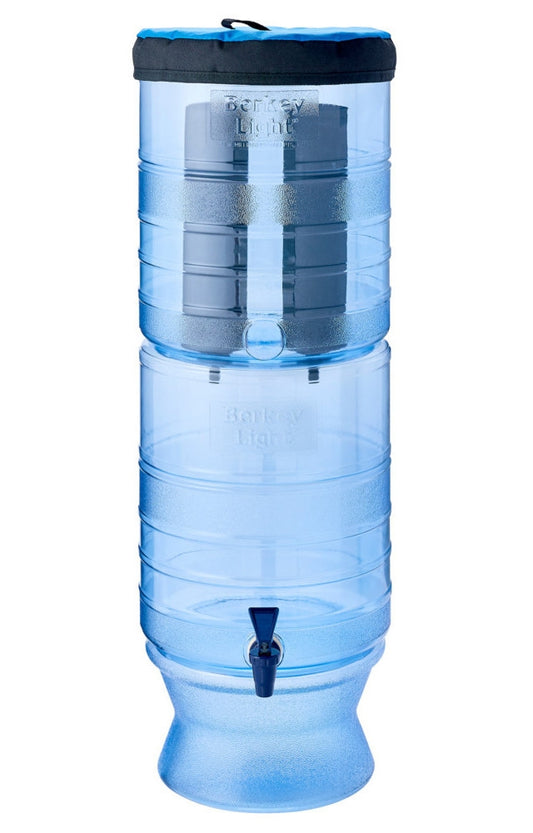
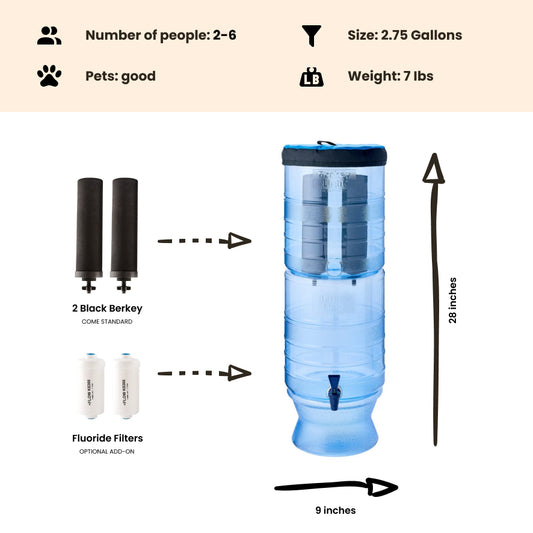 Sold outRegular price From $305.00 USDRegular priceUnit price / per
Sold outRegular price From $305.00 USDRegular priceUnit price / per -
Regular price $327.00 USDRegular priceUnit price / per
-
Regular price From $367.00 USDRegular priceUnit price / per
-
Regular price From $408.00 USDRegular priceUnit price / per
-
Regular price From $451.00 USDRegular priceUnit price / per

Dan DeBaun
Dan DeBaun is the owner and operator of Big Berkey Water Filters. Prior to Berkey, Dan was an asset manager for a major telecommunications company. He graduated from Rutgers with an undergraduate degree in industrial engineering, followed by an MBA in finance from Rutgers as well. Dan enjoys biohacking, exercising, meditation, beach life, and spending time with family and friends.
~ The Owner of Big Berkey Water Filters











